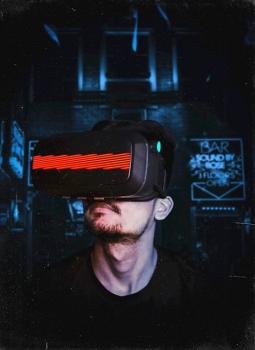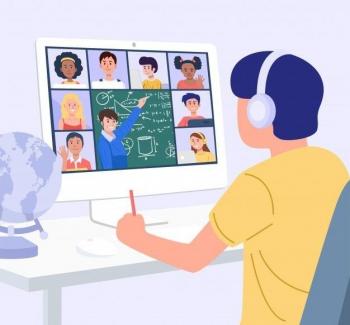The Future of Learning: How Smart Games Are Revolutionizing Education

The Future of Learning: How Smart Games Are Revolutionizing Education
What if learning could be as engaging as playing your favorite video game? Why are traditional teaching methods struggling to keep students motivated? How can smart games redefine education for the digital age? These questions lie at the heart of a transformative shift in how we approach learning. Smart games—interactive, adaptive, and deeply engaging—are emerging as powerful tools to cultivate critical thinking, creativity, and lifelong learning skills.
What Are Smart Games in Education?
Smart games are digital or physical games designed with educational objectives in mind. Unlike conventional games, they incorporate adaptive learning algorithms, real-time feedback, and problem-solving mechanics that align with curricular goals. These games are not just about memorization; they encourage players to analyze, experiment, and apply knowledge in dynamic scenarios.
For example, Minecraft: Education Edition allows students to explore historical sites, solve math puzzles, and even simulate scientific experiments in a virtual sandbox. By blending play with pedagogy, smart games make learning immersive and personalized.

Why Smart Games Are the Future of Learning
The traditional one-size-fits-all model of education is increasingly outdated. Smart games address key challenges like student disengagement and the need for personalized learning. Here’s why they matter:
- Active Engagement: Games tap into intrinsic motivation through rewards, challenges, and storytelling.
- Critical Thinking: Players must strategize, adapt, and solve complex problems.
- Instant Feedback: Learners receive immediate responses, helping them correct mistakes in real time.
A study by the University of California found that students using math-based smart games improved test scores by 34% compared to peers using traditional worksheets.

Real-World Applications of Smart Games
Classroom Integration
Teachers are using platforms like Kahoot! and Prodigy Math to turn lessons into interactive competitions. For instance, a history teacher might create a quiz game where students "time travel" to answer questions about ancient civilizations.
Professional Training
Beyond K-12 education, smart games are revolutionizing corporate training. Companies like Deloitte use gamified simulations to teach employees about cybersecurity and leadership.

The Science Behind Smart Games
Research in cognitive science supports the effectiveness of game-based learning. Key principles include:
- Spaced Repetition: Games reinforce concepts at optimal intervals to enhance retention.
- Flow State: Well-designed games balance challenge and skill to keep learners in a state of focused enjoyment.
A MIT study showed that students using an AI-driven language game learned vocabulary 40% faster than through traditional methods.

Challenges and Considerations
Despite their potential, smart games face hurdles:
- Accessibility: Not all students have equal access to technology.
- Quality Control: Poorly designed games can prioritize entertainment over learning.
Educators must evaluate games for alignment with learning objectives and inclusivity.

The Future of Smart Games in Education
Emerging technologies like AI and VR will take smart games to new heights. Imagine a biology student exploring a human cell in virtual reality or an AI tutor adapting game difficulty in real time based on student performance.
As the line between play and learning blurs, smart games promise a future where education is not just effective but exhilarating.







